✅20 Top Tourist Attractions in Munich ᐈwith Photos
Munich is a glorious city that shrugs off the coldness and sternness of buildings that are so prevalent elsewhere in Germany. Sure, it has a few of these buildings, but in the old city visitors will find attractive historic buildings and monuments. Munich has a good public transportation system (bus and subway) that makes it convenient to move around the city. Munich makes a good base for day trips to outlying areas, such as the Nazi concentration camp at Dachau or scenic Salzburg, but there is plenty to keep visitors in the city too. Here’s a look at the top tourist attractions in Munich:
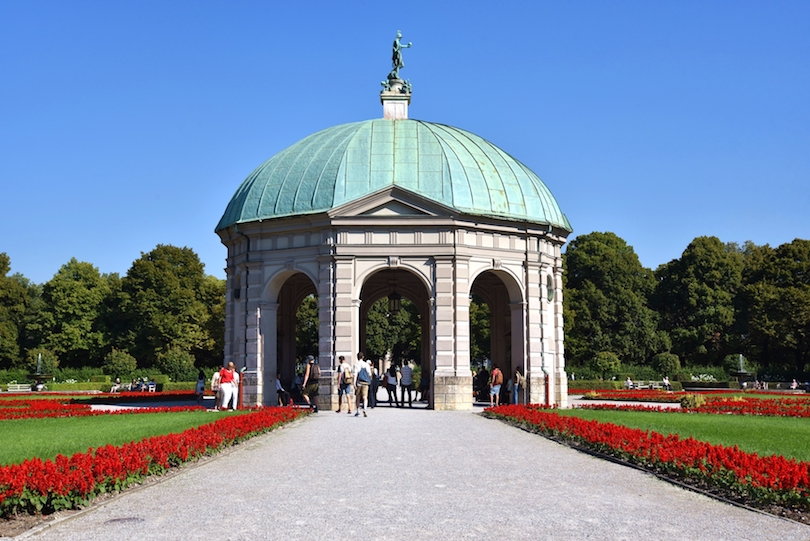 dreamstime/© Annemario
dreamstime/© Annemario
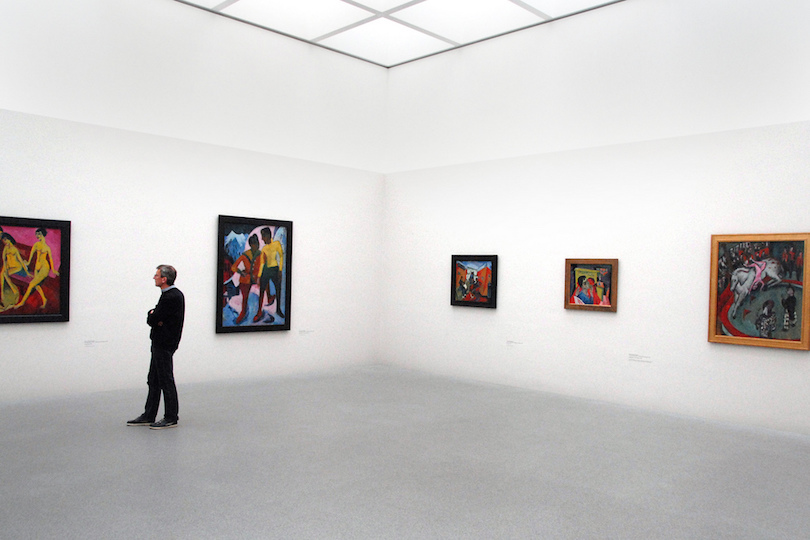 flickr/Rob124
flickr/Rob124
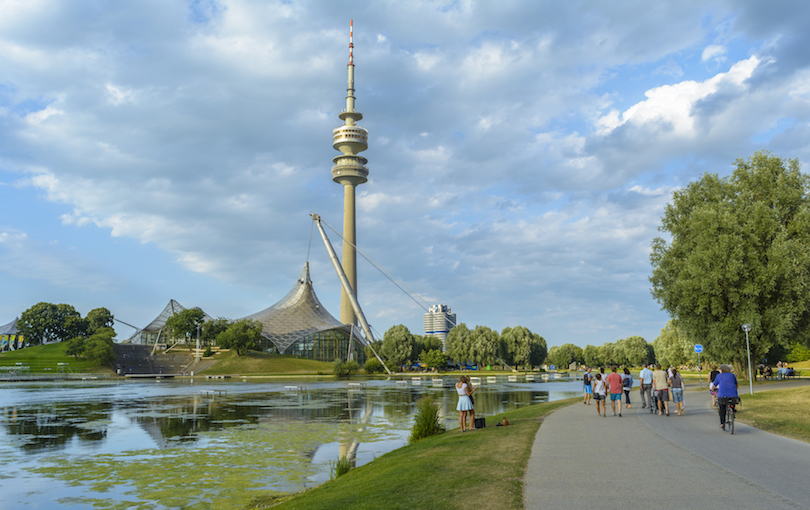 dreamstime/© Glacyer
dreamstime/© Glacyer
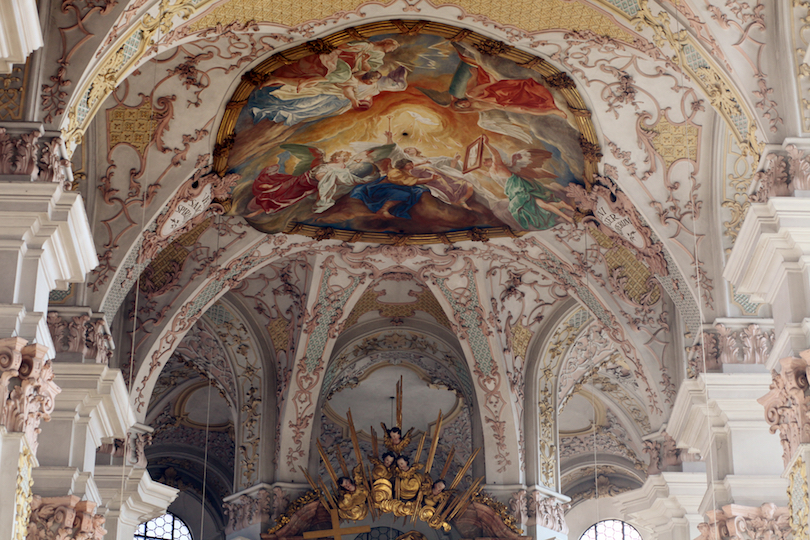 dreamstime/© Boggy
dreamstime/© Boggy
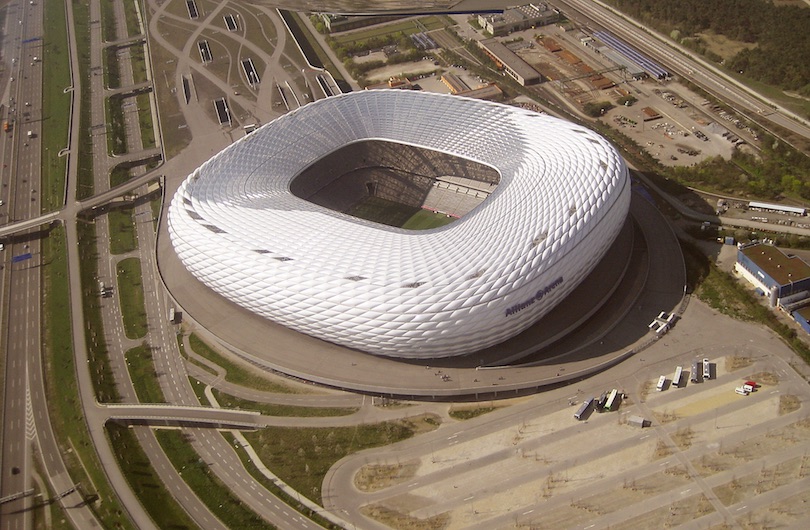 wikipedia/Maximilian Dorrbecker
wikipedia/Maximilian Dorrbecker
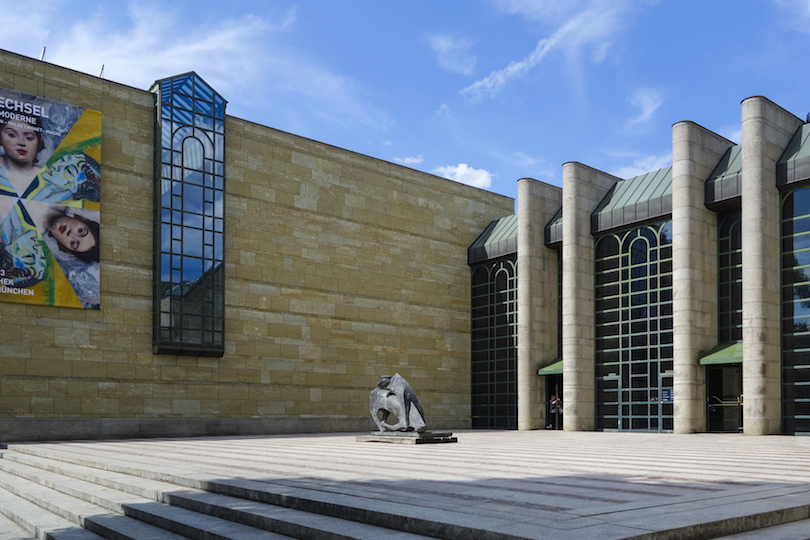 dreamstime/© Wibaimages
dreamstime/© Wibaimages
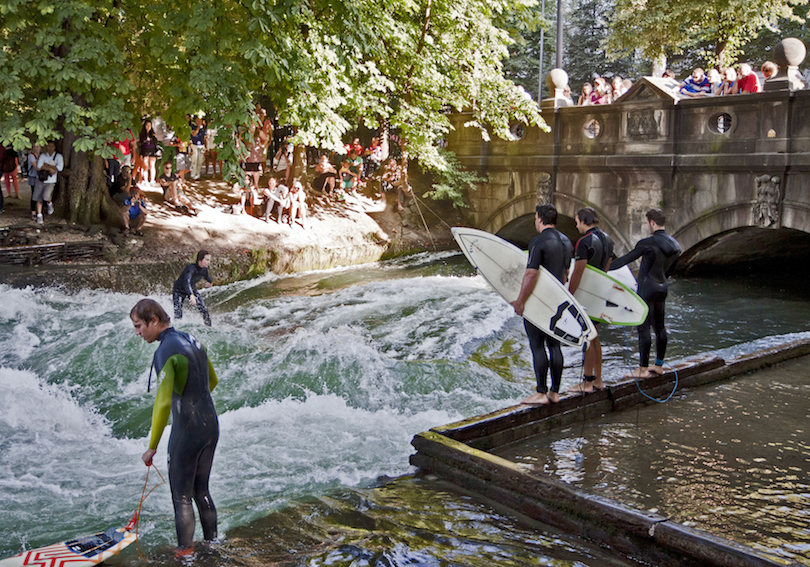 dreamstime/© Luisa Vallon Fumi
dreamstime/© Luisa Vallon Fumi
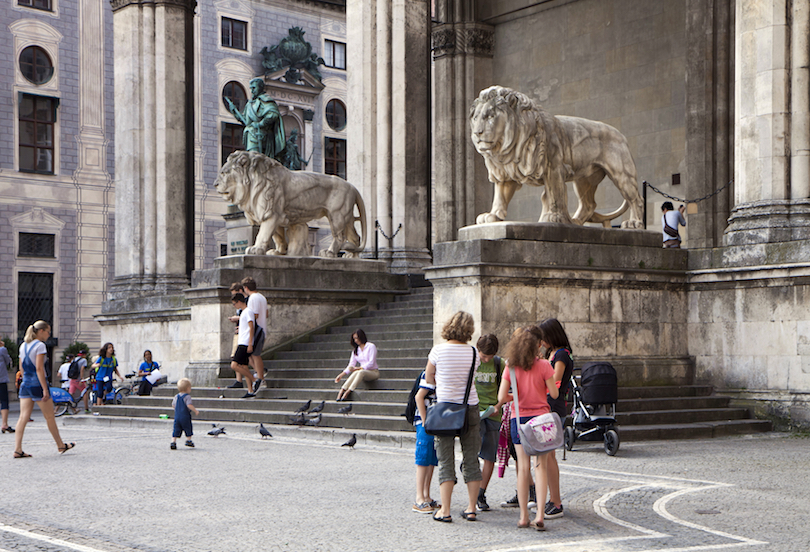 dreamstime/© Luisa Vallon Fumi
dreamstime/© Luisa Vallon Fumi
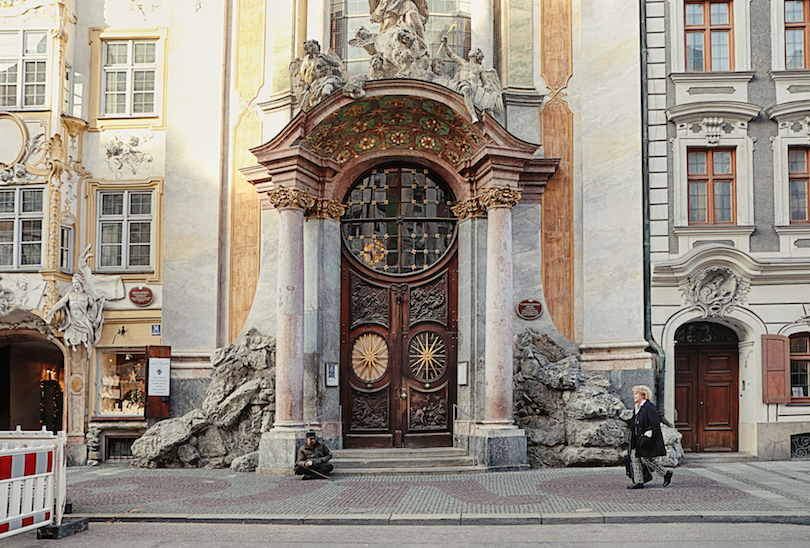 dreamstime/© Luisa Vallon Fumi
dreamstime/© Luisa Vallon Fumi
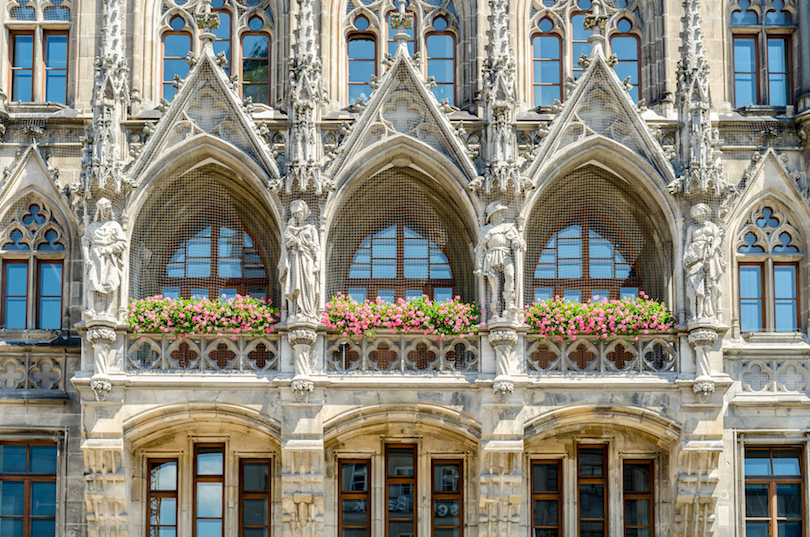 dreamstime/© Alesia Dmitrienko
dreamstime/© Alesia Dmitrienko
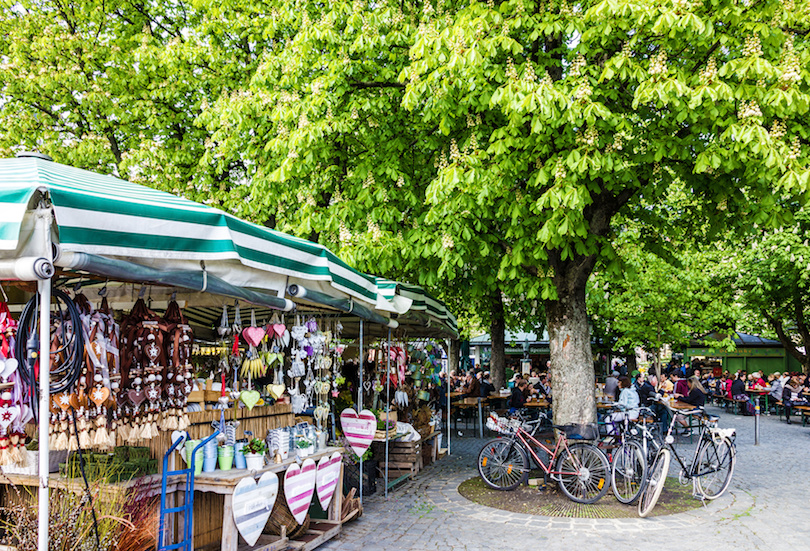
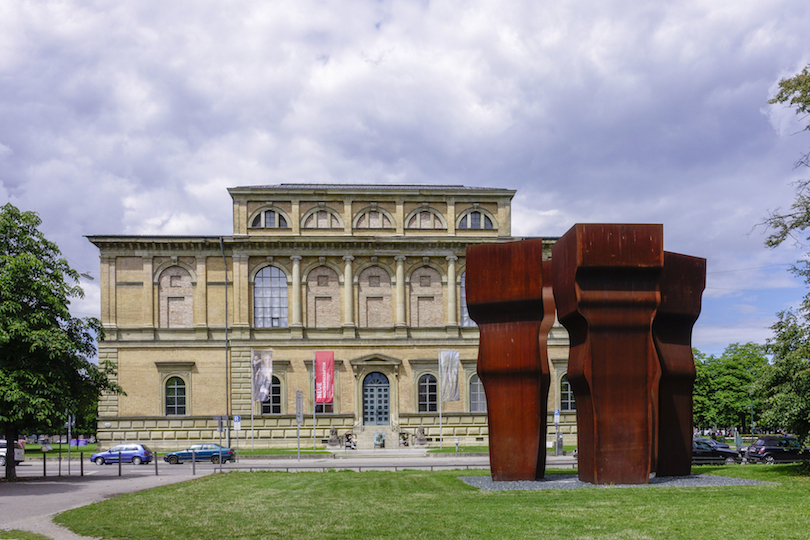 dreamstime/© Wibaimages
dreamstime/© Wibaimages
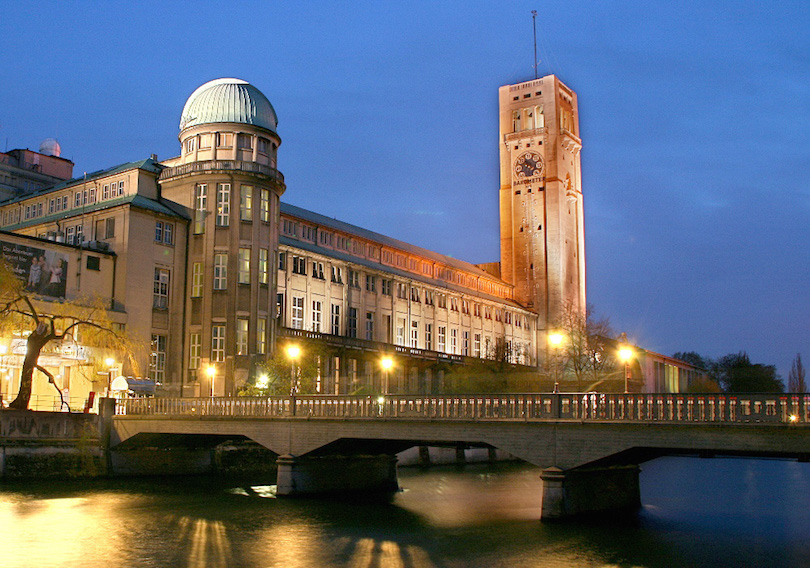 wikipedia/Max-k muc
wikipedia/Max-k muc
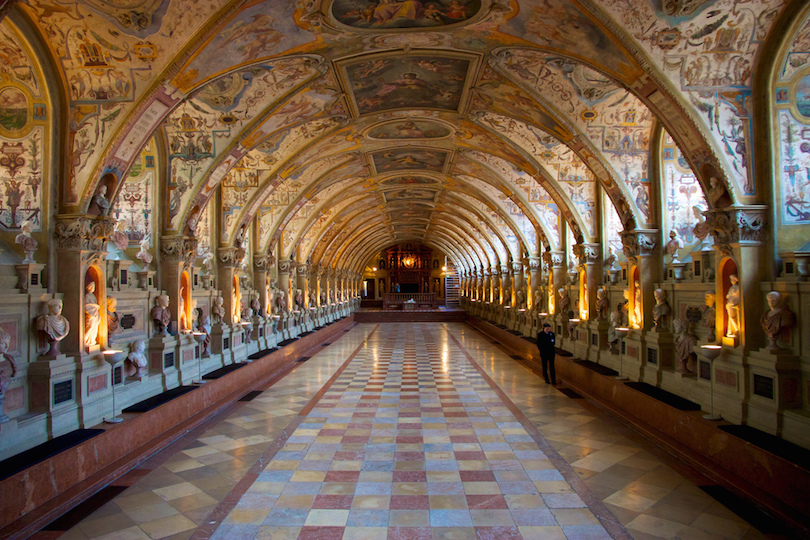 flickr/jiuguangw
flickr/jiuguangw
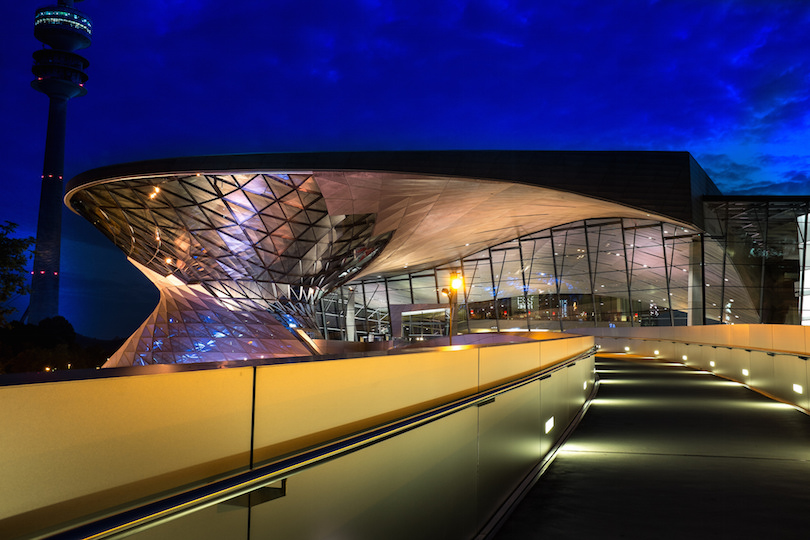 flickr/oliver.kratzke
flickr/oliver.kratzke
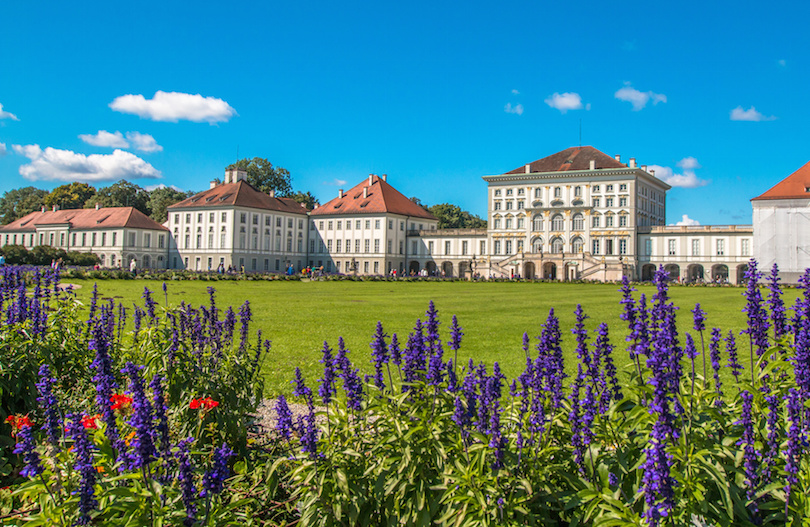
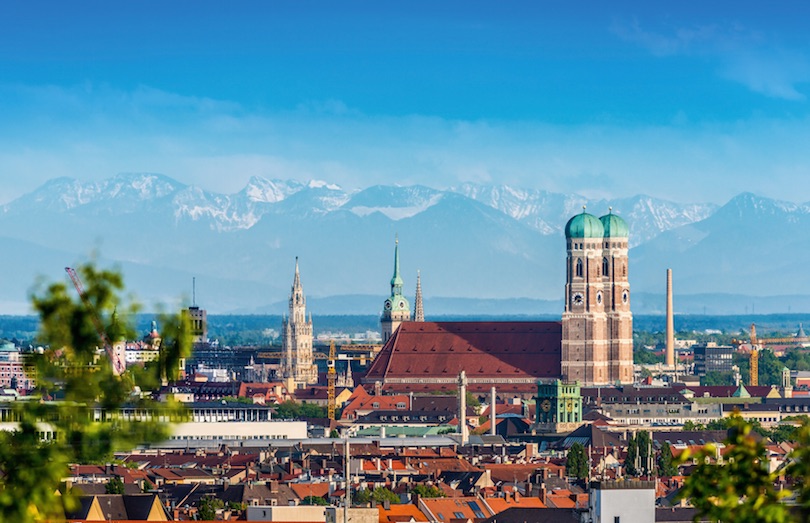
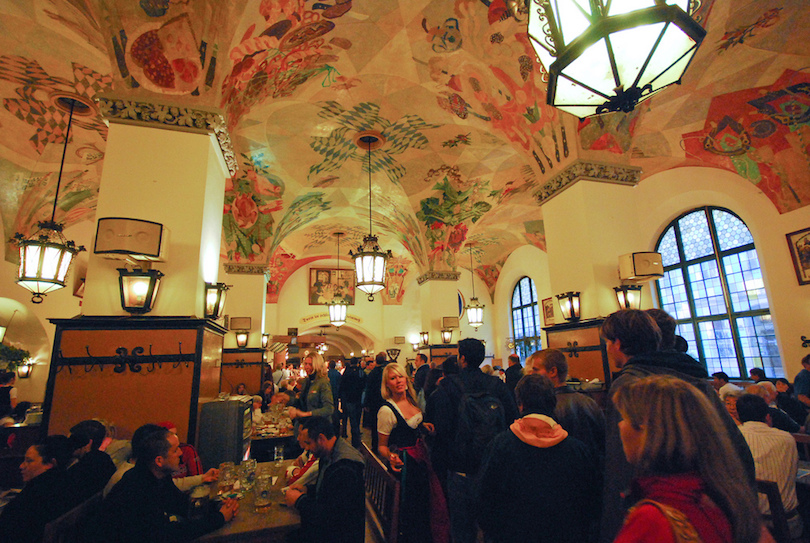 flickr/maveric2003
flickr/maveric2003
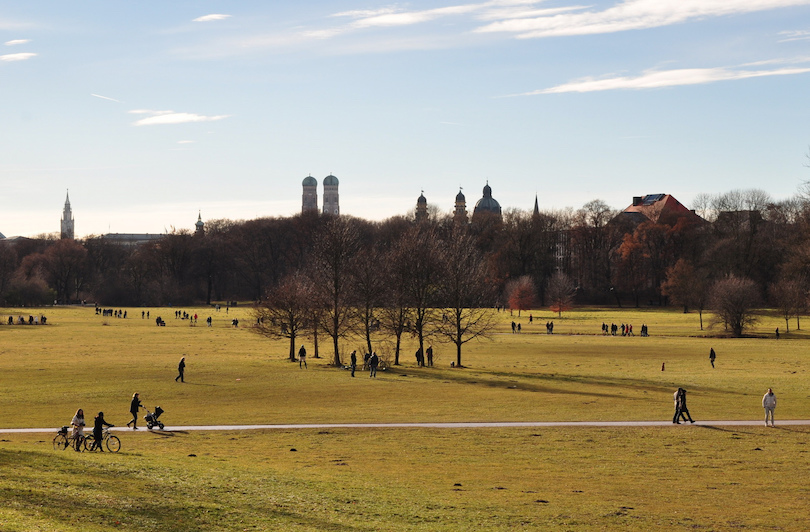 flickr/halbag
flickr/halbag
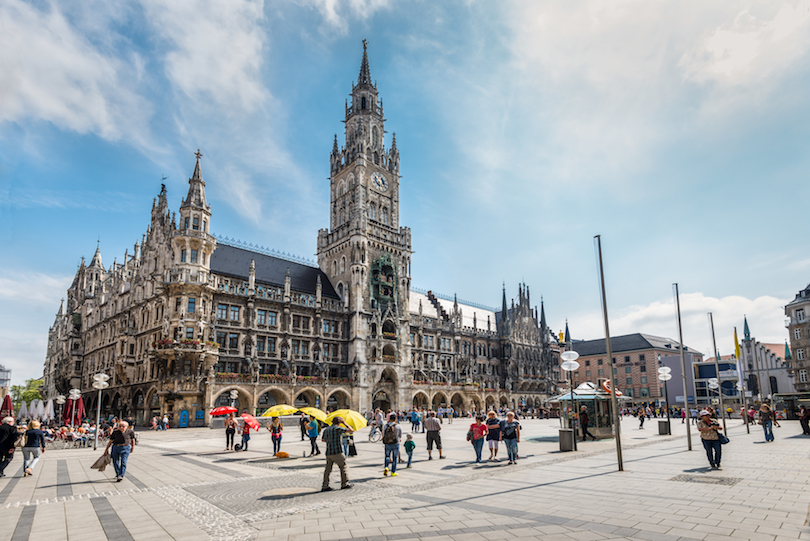 dreamstime/© Byvalet
Publication based on original obtained from the website: touropia.com/
dreamstime/© Byvalet
Publication based on original obtained from the website: touropia.com/
20. Hofgarten
 dreamstime/© Annemario
dreamstime/© Annemario
Located between the famed Residenz and the Englischer Garten is the Hofgarten, a beautiful garden built at the beginning of the 17th century in the style of an Italian Renaissance garden. The Hofgarten is open to the public from dawn to dusk, and it is the perfect spot for a stroll. Check out the gazebo in the center of the garden, or just admire the beautifully manicured gardens. Many visitors grab some food and enjoy a picnic in the Hofgarten, and there are plenty of benches throughout the area where you can sit, rest and enjoy the view.
19. Pinakothek der Moderne
 flickr/Rob124
flickr/Rob124
There are three major art museums in Munich that combine to create what is known as the Kunstareal in the area of Maxvorstadt. The newest is the Pinakothek der Moderne. This is where you’ll find the best contemporary art in the city, and arguably even in all of Europe. The building that houses the collection is a strikingly modern structure built in the International Style. The Pinakothek der Moderne is divided into four sections, each of which is devoted to either art, architecture, design or works on paper. Some of the most noteworthy artists whose works are on display include Andy Warhol, Salvador Dalí and Pablo Picasso.
18. Olympiapark
 dreamstime/© Glacyer
dreamstime/© Glacyer
The 1972 Olympic Games were held in Munich, and many of the venues created for the event are located in what is now known as the Olympiapark. Munich is recognized globally for its success in turning the Olympic venues into spaces that continue to be used and generate income for the city. If you’re visiting Munich, you might watch a concert or attend a festival in the Olympic Stadium. At the Olympic Lake, you can rent a boat and paddle around. If you want to soak in the views of the Olympiapark, grab a meal at the revolving restaurant at the top of the Olympic Tower.
17. St. Peter's Church
 dreamstime/© Boggy
dreamstime/© Boggy
Peterskirche, or St. Peter’s Church, is a Catholic church located in Munich’s city center, or Altstadt. St. Peter’s Church was started in the 12th century and is the city’s oldest church, although fires and lighting strikes have damaged part of the structure over the centuries. The Romanesque-style church hosts services several times each day, and it’s well worth attending one to admire the interior of the building. You can also climb Alte Peter, a tower accessible via more than 300 steps. The climb is worth the effort, however, because you’ll get a stunning view over Munich from the top.
16. Allianz Arena Stadium
 wikipedia/Maximilian Dorrbecker
wikipedia/Maximilian Dorrbecker
Sports fans who’ve ever wondered if football (soccer) is popular in Munich need only visit Allianz Arena Stadium, which seats more than 75,000 spectators who want to see one of the city’s two teams take the field. The stadium replaced the city’s Olympic stadium beginning with the 2005-2006 season. The stadium, which hosted the World Cup finals in 2006, is known for its panels that change colors, depending on which team is playing and the type of match, i.e., local or national, being played.
15. New Pinakothek
 dreamstime/© Wibaimages
dreamstime/© Wibaimages
The second art museum in the Kunstareal is the New Pinakothek. Here, you’ll find an impressive collection of impressionist and expressionist art dating from the 19th and 20th centuries. The collection is housed in a relatively new postmodern building that was constructed in 1981. The New Pinakothek is the place to go if you’re drawn to works by painters such as Francisco de Goya, John Constable, Eugène Delacroix or Claude Monet. There are also several interesting sculptures on display like the Crouching Woman by Auguste Rodin.
14. Eisbach Wave
 dreamstime/© Luisa Vallon Fumi
dreamstime/© Luisa Vallon Fumi
The Eisbach Wave is one of the more unexpected attractions located in the heart of Munich. It’s part of the Eisbach River, a man-made body of water that is just over a mile long. The Eisbach River flows through the Englischer Garten. At one point in the river, there is a standing wave that is just three feet high. It is here that city dwellers have the chance to go surfing or even kayaking right in the heart of Munich. It is common to see visitors standing next to the Eisbach Wave and watching surfers try to maintain their balance on the wave for as long as possible.
13. Odeonsplatz
 dreamstime/© Luisa Vallon Fumi
dreamstime/© Luisa Vallon Fumi
If you’re planning to spend any time in the Altstadt, then you’ll want to visit the Odeonsplatz. This central plaza is a major landmark in the city, and it is packed with interesting and historically significant attractions. Both Ludwigstraße and Briennerstraße, two major thoroughfares through Munich, begin at the Odeonsplatz. The plaza is also home to the Theatinerkirche, a beautiful Italian-Baroque church, and the Field Marshals’ Hall, also known as the Feldherrnhalle. The highlight of the Odeonsplatz is the Residenz, a palace that is now open to the public and home to a collection of royal jewels, crowns and family portraits.
12. Asam Church
 dreamstime/© Luisa Vallon Fumi
dreamstime/© Luisa Vallon Fumi
Asamkirche was built in the middle of the 18th century by brothers Egid Quirin Asam and Cosmas Damian Asam. Egid Quirin was the architect and sculptor, and Cosmas Damian painted the frescoes. Built in the late Baroque style, this beautiful church was intended to be a private place of worship for the brothers. Due to public unrest, however, it was opened to the residents of the city. The Asam Church can be toured, and make sure you look up to admire the stunning works of art on the ceiling. If you’re in Munich over the holiday season, the Christmas Eve service at Asam Church is a memorable experience, since the church looks especially beautiful in candlelight.
11. Neues Rathaus
 dreamstime/© Alesia Dmitrienko
dreamstime/© Alesia Dmitrienko
If you’re a fan of architecture, then don’t miss a chance to see the Neues Rathaus in Munich. The New City Hall was built in the neo-Gothic style, and it is a major attraction in the Marienplatz. The building is enormous and boasts six courtyards, a beautiful spiral staircase and plenty of stained glass windows. Many people come to see the Neues Rathaus just for its clock, which has 43 bells and goes off three times each day. Carved figures emerge from the Glockenspiel and revolve around the clock in time with the bells, and it’s well worth seeing for yourself in person.
10. Viktualienmarkt

Next to the Marienplatz in the city center of Munich is the Viktualienmarkt, a large outdoor market with generations of history. Many of the vendors at the market have a family history at the Viktualienmarkt, making it a longstanding tradition to shop there. Many locals head to the market on the way to or from work and pick up fresh produce. You can also find some homemade baked goods, premade soups, nuts and herbs for sale. It’s a popular place for foodies, because many of the items for sale are upscale, gourmet or otherwise exotic ingredients. You’ll also find a few restaurants and a biergarten where you can stay for a drink or two.
9. Alte Pinakothek
 dreamstime/© Wibaimages
dreamstime/© Wibaimages
The third of the Kunstareal art museums in Munich is the Alte Pinakothek. This is one of the oldest art galleries in the world, and it is a must-see destination for classical art fans. When it was ordered built in 1826 by King Ludwig I, the Old Pinakothek was the largest museum in the world; its neo-renaissance exterior soon became the model for museums located throughout Europe. The works of art displayed in the Arte Pinakothek come from the 14th through the 18th centuries. The most celebrated works come from the Old Masters, including artists like Rembrandt van Rijn, Frans Hals and Leonardo da Vinci. There is a heavy emphasis on German painters, so look for works by Albrecht Dürer and Matthias Grünewald, among many others.
8. Deutsches Museum
 wikipedia/Max-k muc
wikipedia/Max-k muc
The Deutsches Museum is a world class science and technology museum that appeals to visitors of all ages, even those who profess not to be interested in such subject matter. Visitors can take free guided tours (conducted only in German though) through the museum’s 50 exhibit areas, view demonstrations on subjects ranging from electricity to musical instruments, and participate in a wide variety of hands-on activities. The museum has a mind-boggling collection of more than 100,000 science- and technology-related objects from the Stone Age to today. The museum is family friendly, with 1,000 activities for kids 3-8 offered in Kids Kingdom.
7. Munich Residenz
 flickr/jiuguangw
flickr/jiuguangw
The Munich Residenz was home to Bavarian rulers, the Wittelsbachs, for centuries before it was opened to the public in 1920. Its art collections and various architectural styles became symbols of the royal family’s power. The residence sustained heavy damage in World War II, but has since been restored as much as possible; today, it is considered one of the finest palace museums in Europe. The Wittelsbachs collected fine art and objects for centuries, so visitors will be able to see outstanding collections of porcelain, paintings, silver objects, rare furniture, chandeliers and sculptures.
6. BMW Welt & Museum
 flickr/oliver.kratzke
flickr/oliver.kratzke
BMW is known for its fast cars and motorcycles; what better place to learn more about them than BMW Welt and the BMW museum. BMW Welt is a place to see and gain knowledge of the company’s latest product offerings. BMW Welt also sells auxiliary accessories and parts for their vehicles, and hosts exhibitions of their latest models. It’s located near Olympic Park; park ticket holders can get a discount on BMW Welt admission. The nearby BMW Museum has exhibits tracing the history of these famous two- and four-wheeled vehicles. Many old cars and motorcycles are on display along a spiral ramp that curls along the inside of the bowl-shaped building.
5. Nymphenburg Palace

The Nymphenburg Palace celebrates the birth of an heir to the Bavarian throne, ordered built by the parents of Maximillian II Emanuel in 1664. The palace served as the summer residence of Bavarian rulers. When he inherited the throne, Max Emanuel significantly enlarged the palace. Today this baroque palace is one of Munich’s more popular tourist attractions, even though sections are closed to the public since it also serves as the home for the current Duke of Bavaria. Original baroque ceilings, some with frescoes, survive to this day, as do King Ludwig I’s Galleries of Beauties that portray 36 beautiful Munich women.
4. Munich Frauenkirche

The Munich Frauenkirche is another famous Munich landmark that towers over the rest of the city. It dates back to the 15th century when it was built in an astounding 20 years’ time, though completion of some features was postponed due to lack of money. The Munich Frauenkirche serves as the cathedral for the Archdiocese of Munich and is home to the archbishop. The Gothic cathedral is capable of holding 20,000 worshipers. The cathedral was damaged during World War II, but has been restored It is famous for its bells and as the final resting place for the Dukes of Bavaria.
3. Hofbrauhaus
 flickr/maveric2003
flickr/maveric2003
Munich residents do love their beer, celebrating it annually at Oktoberfest. Travelers who won’t be here then can still sip the suds at the Hofbrauhaus, one of the oldest breweries in town. The Hofbrauhaus dates back to 1589 when it was founded by Wilhelm V, Duke of Bavaria, when it served as the official brewery for Munich’s royalty. Even back then, the beer had an international reputation, with Swedish invaders agreeing not to sack Munich in exchange for 600,000 barrels of beer. The brewery and the beer hall are among the most popular tourist attraction in Munich today.
2. Englischer Garten
 flickr/halbag
flickr/halbag
The size of New York City’s Central Park pales in comparison to Munich’s Englischer Garten, one of the world’s largest urban parks. The park, which stretches from the city center to northeast Munich, was established in 1789, but has been enlarged over the centuries. It takes its name from the traditional English gardens that were popular in the 18th and early 19th centuries. It was built by soldiers during times of peace to teach them agricultural skills. The garden contains a Japanese teahouse, a meadow where nude sunbathing is permitted and an artificial wave used by surfboarders.
1. Marienplatz
 dreamstime/© Byvalet
dreamstime/© Byvalet
Marienplatz is the most famous square in Munich, drawing thousands of tourists every day who come to see the New Town Hall that dates back to 1874. The city hall was built in the Gothic Revival style, and features most of the Wittelsbach rulers on the main façade while statues of four Bavarian kings are on a lower level. This highly ornate building is a tourist magnet in itself, but what really draws the tourists to Marienplatz is the thrice-daily performance of the Glockenspiel. The famous Ratskeller restaurant is in the basement.